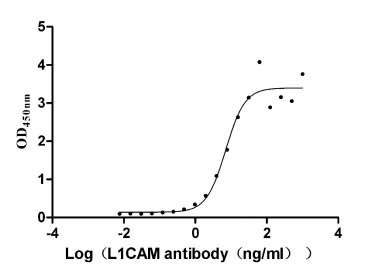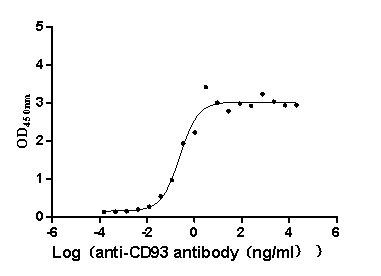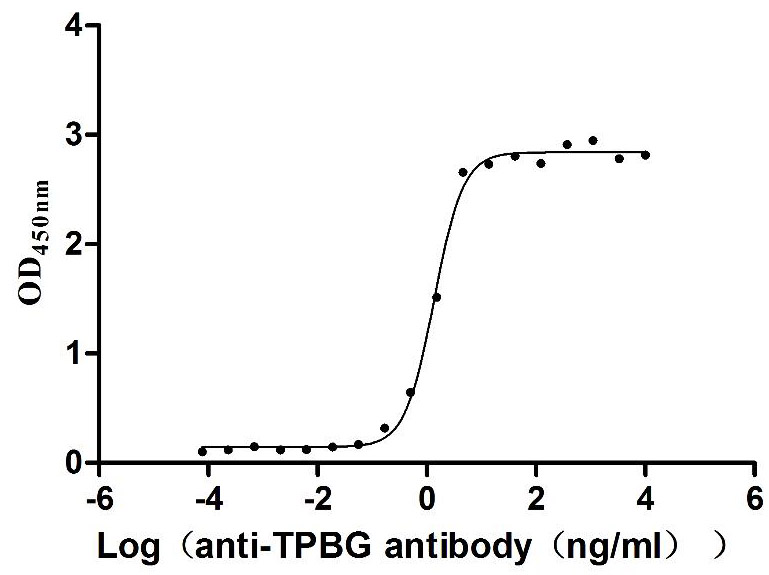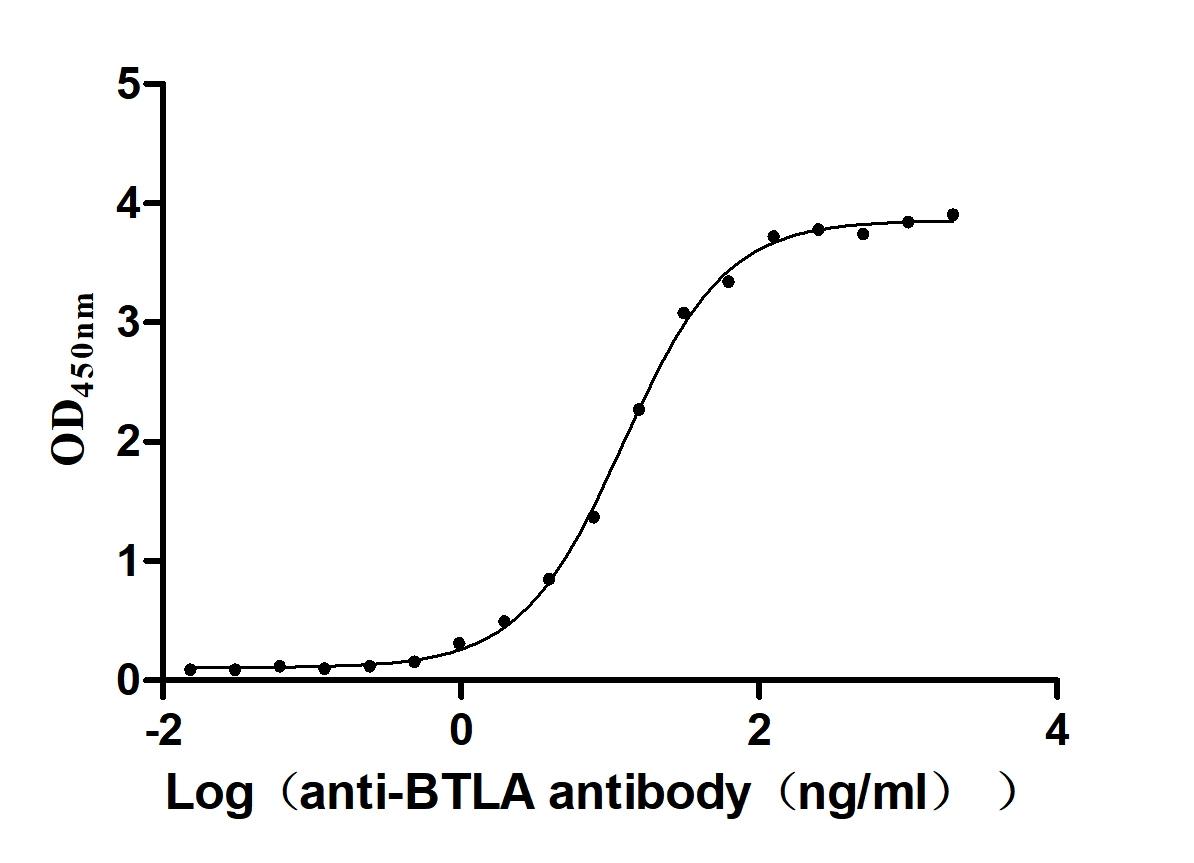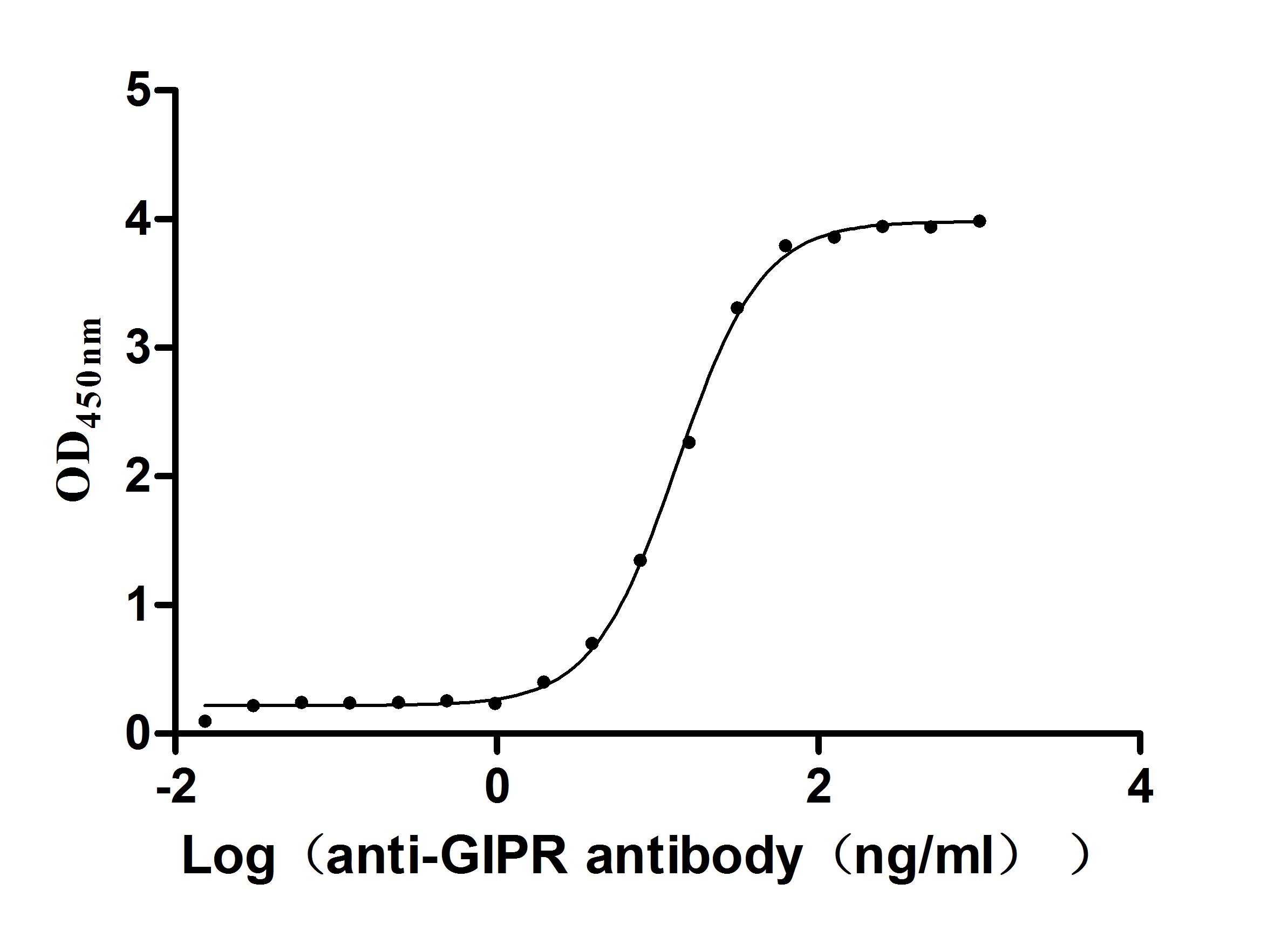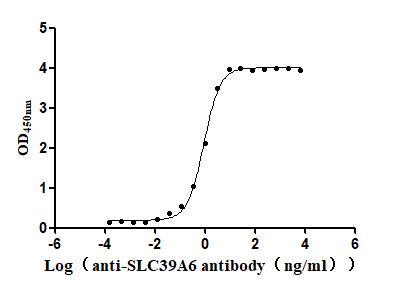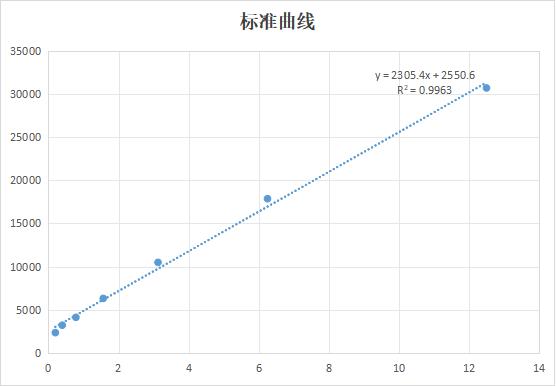Recombinant Cat Major allergen I polypeptide chain 2 (CH2)
-
中文名稱:Recombinant Cat Major allergen I polypeptide chain 2(CH2)
-
貨號(hào):CSB-YP326973CA
-
說明書:
-
規(guī)格:
-
來源:Yeast
-
其他:
-
中文名稱:Recombinant Cat Major allergen I polypeptide chain 2(CH2)
-
貨號(hào):CSB-EP326973CA-B
-
說明書:
-
規(guī)格:
-
來源:E.coli
-
共軛:Avi-tag Biotinylated
E. coli biotin ligase (BirA) is highly specific in covalently attaching biotin to the 15 amino acid AviTag peptide. This recombinant protein was biotinylated in vivo by AviTag-BirA technology, which method is BriA catalyzes amide linkage between the biotin and the specific lysine of the AviTag.
-
其他:
-
中文名稱:Recombinant Cat Major allergen I polypeptide chain 2(CH2)
-
貨號(hào):CSB-BP326973CA
-
說明書:
-
規(guī)格:
-
來源:Baculovirus
-
其他:
產(chǎn)品詳情
-
純度:>85% (SDS-PAGE)
-
基因名:CH2
-
Uniprot No.:
-
別名:CH2Major allergen I polypeptide chain 2; AG4; Allergen Cat-1; Allergen Fel d I-B; Allergen FdI; allergen Fel d 1-B
-
種屬:Felis catus (Cat) (Felis silvestris catus)
-
蛋白長(zhǎng)度:Full Length of Mature Protein
-
表達(dá)區(qū)域:18-109
-
氨基酸序列VKM AETCPIFYDV FFAVANGNEL LLDLSLTKVN ATEPERTAMK KIQDCYVENG LISRVLDGLV MTTISSSKDC MGEAVQNTVE DLKLNTLGR
-
蛋白標(biāo)簽:Tag?type?will?be?determined?during?the?manufacturing?process.
The tag type will be determined during production process. If you have specified tag type, please tell us and we will develop the specified tag preferentially. -
產(chǎn)品提供形式:Lyophilized powder Warning: in_array() expects parameter 2 to be array, null given in /www/web/cusabio_cn/public_html/caches/caches_template/default/content/show_product_protein.php on line 662
Note: We will preferentially ship the format that we have in stock, however, if you have any special requirement for the format, please remark your requirement when placing the order, we will prepare according to your demand. -
復(fù)溶:We recommend that this vial be briefly centrifuged prior to opening to bring the contents to the bottom. Please reconstitute protein in deionized sterile water to a concentration of 0.1-1.0 mg/mL.We recommend to add 5-50% of glycerol (final concentration) and aliquot for long-term storage at -20℃/-80℃. Our default final concentration of glycerol is 50%. Customers could use it as reference.
-
儲(chǔ)存條件:Store at -20°C/-80°C upon receipt, aliquoting is necessary for mutiple use. Avoid repeated freeze-thaw cycles.
-
保質(zhì)期:The shelf life is related to many factors, storage state, buffer ingredients, storage temperature and the stability of the protein itself.
Generally, the shelf life of liquid form is 6 months at -20°C/-80°C. The shelf life of lyophilized form is 12 months at -20°C/-80°C. -
貨期:Delivery time may differ from different purchasing way or location, please kindly consult your local distributors for specific delivery time.Note: All of our proteins are default shipped with normal blue ice packs, if you request to ship with dry ice, please communicate with us in advance and extra fees will be charged.
-
注意事項(xiàng):Repeated freezing and thawing is not recommended. Store working aliquots at 4°C for up to one week.
-
Datasheet :Please contact us to get it.
相關(guān)產(chǎn)品
靶點(diǎn)詳情
-
基因功能參考文獻(xiàn):
- Cat Fel d 1 is an ABP-like molecule in which monomeric chains 1 and 2 are the equivalent of the ABPA and ABPBG monomers, respectively. These findings suggest that the biological and molecular function of Fel d 1 is similar to that of ABP in chemical communication, possibly via pheromone and/or steroid binding. PMID: 29771985
- The newly identified allergenic epitope of the Fel d 1 is useful in a design of the CRIT and CRD for cat allergy. PMID: 26797272
- Conformational effects brought upon by glycosylation were identified, potentially involved in cavity volume regulation. Only the central Ca2+ ion remains coordinated to Fel d 1 in biological solutions, impairing its role in modulating phospholipase A2. PMID: 26134118
- Fel d 1 enhances signaling through the innate receptors TLR4 & TLR2. It does not bind the TLR4/MD2 complex but it does bind the TLR4 agonist lipopolysaccharide. A lipid transfer mechanism may be involved in Fel d 1 TLR signaling enhancement. PMID: 23878318
- Truncated dimers of Fel d 1 were identified, probably resulting from proteolytic degradation of both chains and present in all cats. Core fragments are largely distributed among anatomical sites of production and especially well represented in anal sac. PMID: 20145408
- Crystals of Fel d 1 (1+2) were obtained using the hanging-drop vapour-diffusion method. PMID: 16511003
- Fel d 1 could provoke an allergic response through the modulation of phospholipase A2 PMID: 17543334
- The study identified an immunodominant region of Fel d 1 which is frequently recognized by CD4(+) T cells from atopic individuals and contains epitopes that are restricted by very common HLA alleles. PMID: 19489916
顯示更多
收起更多
-
亞細(xì)胞定位:Secreted.
-
蛋白家族:Secretoglobin family
-
組織特異性:The long form is preferentially expressed in the salivary gland, while the short form is preferentially expressed in the skin.
Most popular with customers
-
Recombinant Human Neural cell adhesion molecule L1 (L1CAM), partial (Active)
Express system: Mammalian cell
Species: Homo sapiens (Human)
-
Recombinant Macaca fascicularis CD93 molecule (CD93), partial (Active)
Express system: Mammalian cell
Species: Macaca fascicularis (Crab-eating macaque) (Cynomolgus monkey)
-
Recombinant Human Trophoblast glycoprotein (TPBG), partial (Active)
Express system: Mammalian cell
Species: Homo sapiens (Human)
-
Recombinant Human B- and T-lymphocyte attenuator(BTLA), partial (Active)
Express system: Mammalian cell
Species: Homo sapiens (Human)
-
Recombinant Macaca fascicularis Gastric inhibitory polypeptide receptor (GIPR), partial (Active)
Express system: yeast
Species: Macaca fascicularis (Crab-eating macaque) (Cynomolgus monkey)
-
Recombinant Macaca fascicularis Zinc transporter ZIP6 isoform X1(SLC39A6),partial (Active)
Express system: Baculovirus
Species: Macaca fascicularis (Crab-eating macaque) (Cynomolgus monkey)
-
Recombinant Human Urokinase-type plasminogen activator(PLAU) (Active)
Express system: Mammalian cell
Species: Homo sapiens (Human)


